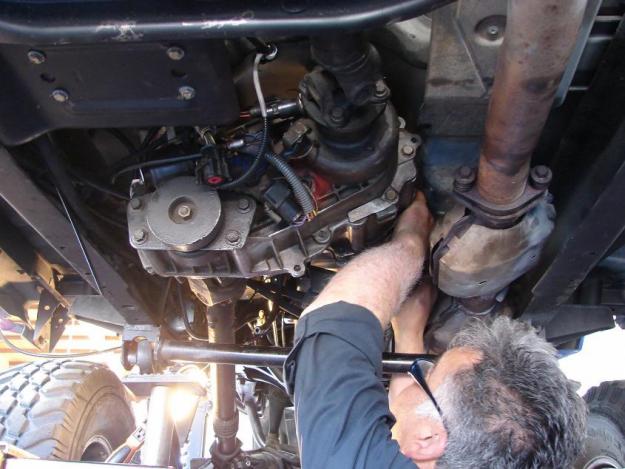Currently, domes are one of the most appreciated engineering marvels. They stand out in their magnificent design and echo the engineer’s brilliancy. Some domes today are cultural symbols, relics of history, and just like any other structure, protect their dwellers from tough weather while giving them the true taste of luxury. What are Zomes domes anyway?
The term zome has existed probably longer than you think. It was coined by Steve Durkee in 1968, and it defines a construction project, especially a building with unique geometrical patterns. Zome is also a combination of words dome and zonohedron, still the brainchild of Durkee.
Zome is a type of dome encompassing modern environmentally friendly building materials while copying traditional architectural designs. Let us find out more about domes.
Types of Domes
Domes combine mathematics and engineering to produce magnificent structures. Whenever these two disciplines merge, infinite designs can be produced. So far, there are only a handful of dome designs other than zome in existence today. Let us look at them.
Corbel Dome
This dome was inspired by the Paleolithic era, and it is one of the oldest dome designs known by man. The dome takes on a special design resembling that of a beehive. That is why some people call it a beehive dome.
Its main features are horizontal masonry layers meeting at the center. The dome is also slightly cantilevered for further support.
Cross-Arch Domes
This is another special type of dome whose design was amplified in the renaissance era. The dome has ribs that do not meet at the center like corbel domes but are intertwined to form a polygon. This leaves an empty, almost spherical-like space at the center. It is like taking a large spherical structure then hollowing it out to form a living space.
Some artists covered the dome with colored glasses with engraved texts to improve its appearance from the inside. As such, when you looked at the dome from the inside, you could see marvelous colors shining to the faintest light.
One of the earliest examples of cross-arch domes is Spain’s Great Mosque of Cordoba. The mosque was built over 1000 years ago, and it holds a lot more than just history.
Geodesic Domes
You have probably seen these domes more than once since they crop out in almost any city. The only problem is that some of them are not large enough to be noticed from a distance.
These domes were developed by an American engineer, Richard Buckminster Fuller, after the end of world war II. The domes consist of a network of thousands of triangles welded or riveted or bolted together to create a self-balancing structure. And since it uses fewer building materials, the structure is light.
The best examples of geodesic domes around the world are;
- The American exhibit at Expo 67 in Montreal.
- The Aviary at Queen’s Zoo, US.
- The Fukuoka Dome in Japan is the largest geodesic dome in the world, spanning over 750 feet across.
- EcoCamp Patagonia, a geodesic dome hotel in Chile, North America
Onion Dome
As you might have probably guessed, the onion dome resembles the shape of an overgrown onion on a building. From a distance, they are truly beautiful since they are brightly painted.
Most onion domes take on intricate designs from their Russian creators, so they are not quite common in the USA. One of the greatest onion domes sits on the Cathedral of Vasily the Blessed, commonly referred to as the Saint Basil’s Cathedral, which is located in Moscow.
Inflated Domes
These are very common inexpensive domes built within a couple of hours or days by inflation thanks to the nature of their main building material. They are built using a thin membrane that is inflated.
These domes are commonly used for outdoor activities like sports or as temporary storage units.
Now that we have looked into great details of some of the iconic domes around the world, how they were constructed, and some of their unique features. You might be tempted to one day have a dome of your own. Yes, it is possible to own a zome dome, but before you hire a company to build one for you, there are some things you need to know.
Features of a good dome
Resilience
A dome is built to last. It should withstand constant punishment from the element with very few repairs. This includes wear and tear, corrosion, cracking from extreme weather conditions, and soaking water. If a dome is well-built, it can pass through all these trials and tribulations and serve your generations for up to 500 years.
Zome domes are built with bioceramic materials that can withstand waterlogging, heat, snow and do not allow mold to grow on their surfaces.
Easy to Assemble
Zome designs its domes in such a way that they are easy to assemble. This means that the material will be prepared according to your specification early enough prior to the day of groundwork. At the site, the company will spend less than two days to get your project finished.
Mobility
When building domes, mobility is one of the factors you should look into in great detail. A good dome should be constructed on a movable platform. I mean, if you want to change the view, you can just haul it to another position.
Passive to Solar Heat
Most domes are designed with few spaces to vent out air and cool the indoor as such; their building blocks should be resistant to solar heat to keep the interior cool and in favorable conditions.
Zome does this by using one of the most advanced ceramic materials out there. The ceramic is brightly painted to reflect the sun’s rays, thus keeping the dome cool in summer. Also, being a poor insulator, ceramic does not contact heat into the domes.
Bottom Line
Domes are pieces of history that nowadays, people bring to their homes. They are stunning and bring a sense of naturalness to your home. You can order your dome right now by visiting zomes.com.













